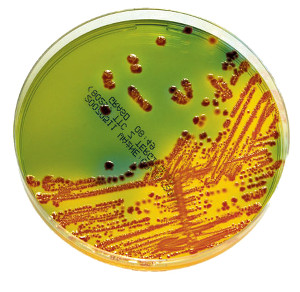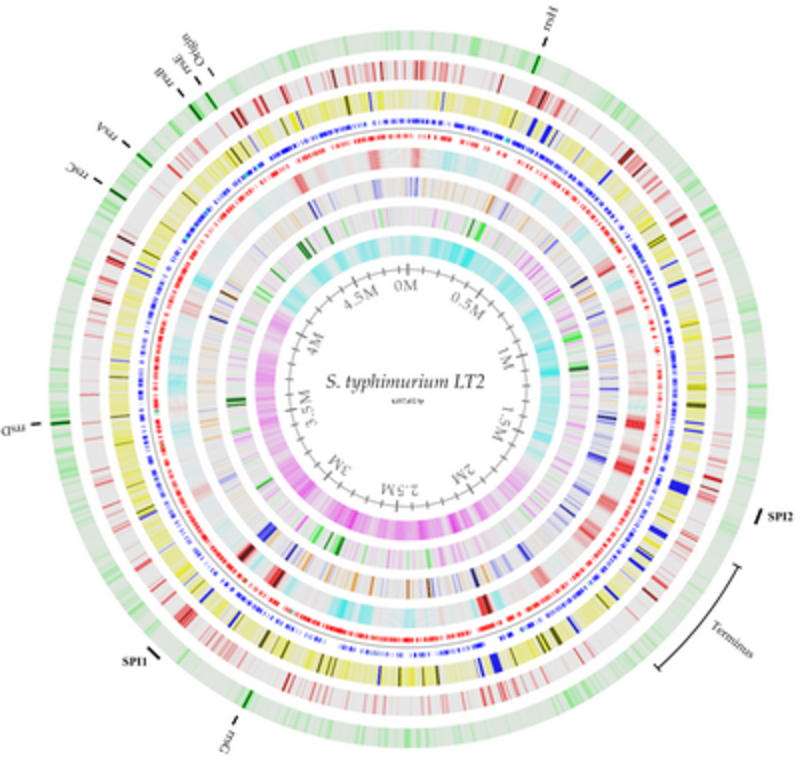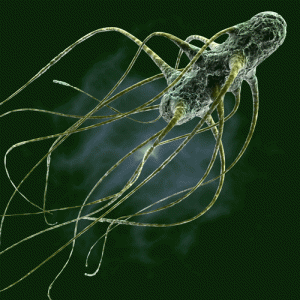Editorial Working Group
GenEpiO Editorial working group members can participate in a variety of ways:
- Discuss genomic epidemiology data modelling challenges
- Review / revise requests for new terms, terms to be imported or depreciated (incl. term replacement)
- Provide expertise in locating pertinent ontology resources (OBOFoundry family or other)
- As a leader or member of a particular component ontology project. Related to the IRIDA.ca project, the current leadership team has resources to incorporate the following component ontologies into GenEpiO:
- Surveillance Ontology (SURVO) will define key indicators of reportable disease surveillance systems
- The Antibiotic Resistance Ontology (ARO) detailing antibiotic-resistance genetic determinants, antibiotics and resistance phenotypes
- The genetic Mobile Element Ontology (MOBIO) will aid in tracking of horizontal gene transfer among pathogens
- Food Ontology (FOODON), a stand-alone ontology now being developed athttp://foodontology.github.io/foodon comprised of structured field-to-fork vocabulary for describing food and food production environments
- Provide domain expertise (participants will have access to a survey in which they can express their interests). When a roster of participants with specialized knowledge is established, it will be easier to route term reviews to particular participants.
We look forward to having consortium members step forward to be editors in any of the following areas of interest (or others we haven’t thought of):
Resources
- Basic Formal Ontology website: http://ifomis.uni-saarland.de/bfo/
- The BFO book: https://mitpress.mit.edu/books/building-ontologies-basic-formal-ontology
- The NSIO guide is a good introduction to the library science perspective on controlled vocabularies: http://www.niso.org/apps/group_public/download.php/12591/z39-19-2005r2010.pdf
- A paper on integrating ontologies into the Eagle-i application: http://ceur-ws.org/Vol-833/paper14.pdf




